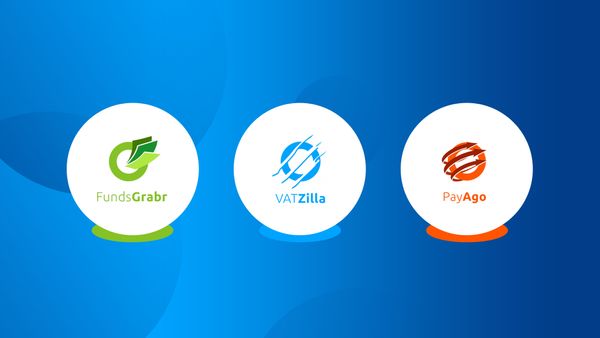SEO can be an incredibly valuable effort for any website. When done correctly, it can earn you traffic and more opportunities to convert visitors. SEO is also a great tool for driving overall brand awareness and solidifying your position as a thought leader.
We understand SEO can sound incredibly complex and intimidating. We’re here to tell you that it’s not. In this post, you’ll find an overview of how SEO works and its key concepts.
What is SEO?
SEO, or Search Engine Optimization, is a broad term used to describe measures to improve a website’s search engine rankings. Search engines like Google display site results to users based on the site’s relevance and trust. SEO is an effort to prove to search engines that your website is the most relevant and trusted on a given topic.
SEO starts with understanding your customer and their search behavior. Once you grasp this, you can better tailor your efforts to their exact needs. Core to this effort is content creation. Great content encourages people to reference and link to it—actions that Google reads as validation of your website’s authority on the topic. As you build up a reputation for the topic, your ranking increases along with your discoverability.
Key components

Keywords
Keywords are specific words and phrases used in a search. Applying them effectively is crucial for search success. They need to be thoroughly and consistently used in your content. When researching keywords, your best opportunities lie with words and phrases that have high search rates and low competition.
Content
Content is important because it houses your keywords. Today’s content must be educational, easy to consume, interesting, and relevant. For example, if you own an interior design business, you may publish a series of blog posts on choosing a color for the living room, choosing the right lighting, and the year’s trends. When people who want to decorate their home look for that information, your blog will come up—providing an opportunity to build a relationship with the new prospect by delivering helpful resources. When the prospect is ready to decorate their home, you’ll be top of mind. Diversify your content offerings to include: videos, blogs, infographics, podcasts, whitepapers, and more.
Off-Page SEO
This involves practices that happen outside of your website. For example, backlinking is an important tactic. Having authoritative pages reference and link to your site tells search engines that your site is valuable and high-quality, helping build brand authority and discoverability. Start thinking about backlinks through guest posting and sharing content that’s likely to get reshared.
Location-Based SEO
Location-based, or local-SEO, describes optimizing your content to appear for a specific region. This focus is becoming increasingly important as more people rely on their mobile devices to conduct searches.
For example, if you open a new hardware store, local SEO would help people in your area find you when searching for hardware stores. This requires you to use local keywords, claim directory listings, and create a page for your business on Google Maps.
Search Engine Marketing
While search engine marketing (SEM) shouldn’t be the foundation of your SEO strategy, it’s worth exploring to reach new customer segments. SEM’s paid efforts include things like Google AdWords, native ads, display ads, and more.
How do I get links?

We mentioned that backlinks play a big role in establishing your site’s authority. However, don’t mistake quantity for quality. A link from one authoritative source will trump links from untrusted websites. Your focus should be on creating great content that people want to share.
White hat vs black hat SEO
You’ll hear these terms come up to describe SEO tactics. Black hat SEO refers to practices that break search engine rules in an attempt to rank higher. This kind of practice focuses mostly on search engine algorithms and less concerned with how a human would interact with the page. Black hat techniques include keyword stuffing, link farming, hidden texts, and hidden links. This short-term route may generate quick results, but be wary of the risks and potential long-term damage—search engines often ban and de-index offenders.
White hat SEO refers to practices that play by search engine rules to rank higher. Techniques typically used include using keywords, keyword analysis, writing meta tags, and linking to and from quality sites. White hat SEO is a long-term investment and will continue to serve your website well into the future.
Final remarks
Spend time researching what your prospects are looking for and how you can best help them find it through online content. At its core, SEO is about relevance and trust. Apply SEO best practices as you create content, and you’ll start seeing organic traffic arrive.










